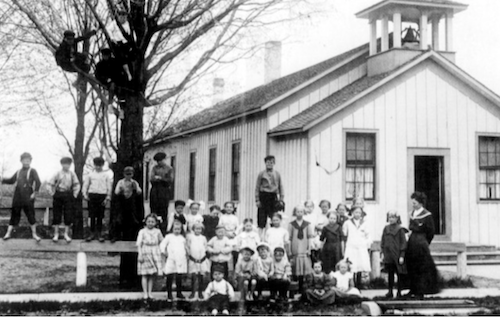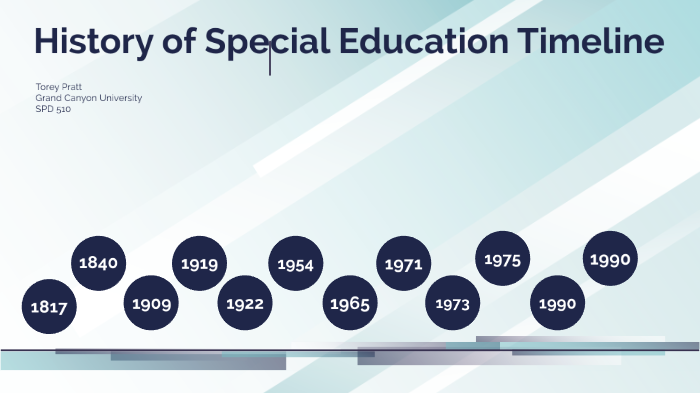Special education, also known as special needs education, is a system of education designed to accommodate and support individuals with disabilities or exceptional needs. This field has a long and complex history, with significant developments and changes occurring over time.
The earliest known efforts to provide education for individuals with disabilities can be traced back to ancient civilizations such as Greece and Rome. In these societies, individuals with disabilities were often isolated and excluded from mainstream society, and there is little evidence of any organized efforts to provide them with education or support.
It was not until the 18th and 19th centuries that special education began to take on a more organized and institutionalized form. In the United States, for example, the first school for individuals with disabilities, the American Asylum for the Education and Instruction of the Deaf and Dumb, was founded in 1817. This was followed by the establishment of other schools for individuals with disabilities, including those for individuals with visual impairments and those with intellectual disabilities.
Over the course of the 20th century, the field of special education underwent significant changes and developments. In the 1950s and 1960s, for example, there was a push for the integration of individuals with disabilities into mainstream education settings. This led to the development of the concept of "mainstreaming," which aimed to provide support and accommodations for individuals with disabilities in regular education classrooms.
In the 1970s and 1980s, the focus of special education shifted towards the individualized needs of students with disabilities. The Individuals with Disabilities Education Act (IDEA) was passed in 1975, establishing the right to a free and appropriate public education for all individuals with disabilities. This act also introduced the concept of the Individualized Education Program (IEP), which is a personalized education plan developed for each student with a disability.
In recent years, the focus of special education has continued to evolve and adapt to the changing needs of individuals with disabilities. With the increasing use of technology, for example, there has been a growing emphasis on the use of assistive technology to support the learning and development of students with disabilities.
In conclusion, the history of special education is a long and complex one, marked by significant developments and changes over time. From the early efforts to provide education for individuals with disabilities in ancient civilizations, to the modern emphasis on individualized support and the use of technology, special education has come a long way in accommodating and supporting the needs of individuals with disabilities.







